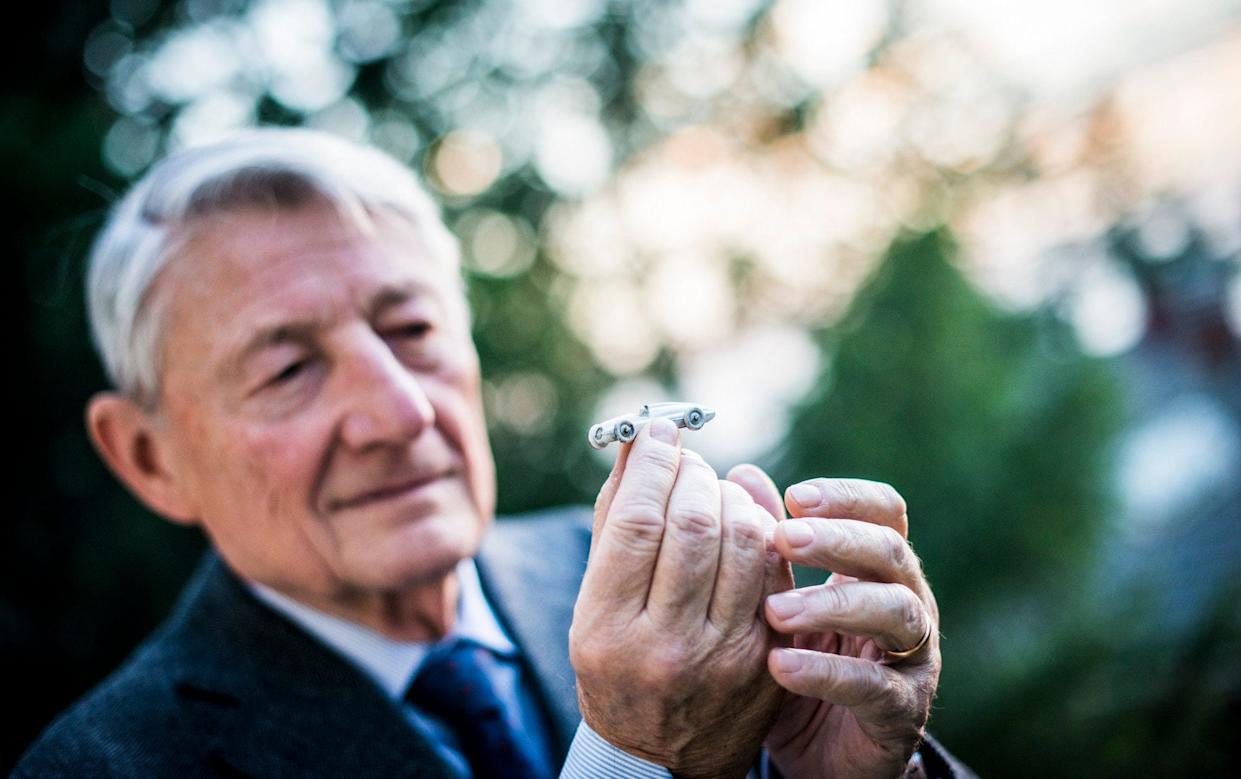
Ercole Spada, who has died aged 88, was one of the key Italian architects of automotive design.
He could claim to be the first designer to apply the early-20th-century aerodynamic drag-reduction theories of Wunibald Kamm and Reinhard von Koenig-Fachsenfeld to production cars, by slicing or chopping the tail off rounded car body shapes, and styling a higher rear “deck” or fast-backed profile; such design techniques became Spada’s hallmark.
Known as the “maestro silenzioso”, or the silent master, the contemplative Spada was an artist with the temperament and training of an engineer, devoid of the flamboyance which marked some of the more famous exponents of 20th-century “carrozzeria”, the Italian art of coach-building.
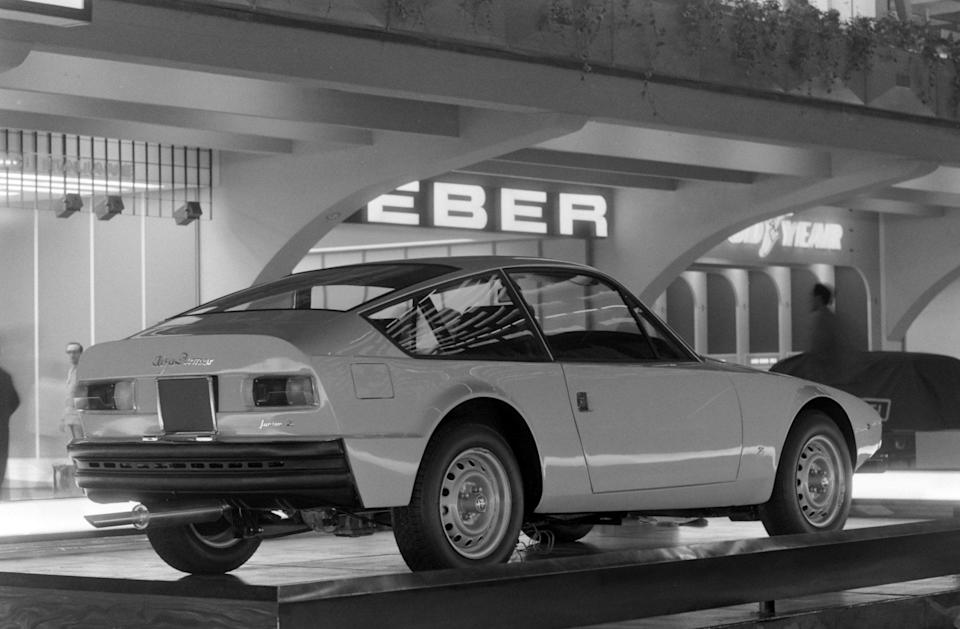
His relatively low profile, however, belied his profound influence on European automotive design. He shaped cars for Alfa Romeo, Aston Martin, Bristol, BMW, Fiat, Lancia, and other manufacturers. He also designed futuristic design-concept cars for Ferrari, Lamborghini, and Rover; his hand latterly extended to Nissan and Mazda. The former Volkswagen design chief and Alfa Romeo lead designer Walter de Silva described him as “one of the greatest designers of a generation”.
Spada first came to prominence through his designs for the Italian design-house of Zagato in the 1960s. “Zagato-bodied” became a hallmark of something special in car design, and Spada’s bodies in particular.
His first Zagato design was a special body for the Aston Martin DB4 GT Z (Z for Zagato) in 1960. This innovative interpretation, with lightly domed roof, swoopy front, and rear haunches, was Spada’s entry pass into car design’s hall of fame.
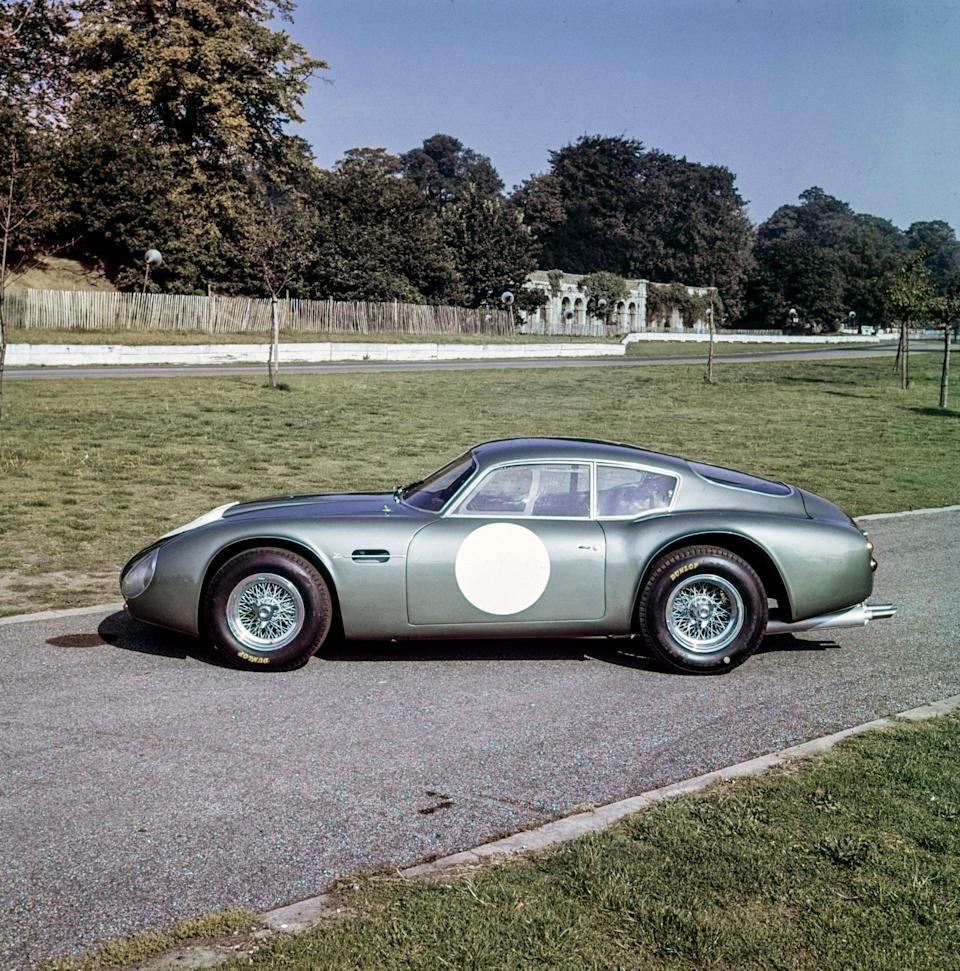
He went on to shape the Lamborghini 3500GTZ, and the Bristol 406Z. More prosaically, in 1961 he re-imagined the BMC Mini into a Zagato “MiniCat” saloon based on the Mini Van’s running gear, but the planned production via a British consortium failed to launch. Spada restyled the Hillman Imp as the more elegant “Zimp” one-off design exercise, which was seen at the 1964 Earls Court Motor Show.
From the late 1970s, Spada became the “invisible” designer behind the BMW E32 Seven Series, and with Claus Luthe created BMW’s defining second-generation E34 Five Series. But it was through the Alfa Romeo marque that Spada truly displayed his hand-drawn combination of aerodynamics and exquisitely sculpted design.
Low lines, domed roofs, a sharply truncated fast-back known as the “coda tronca” and beautiful proportions were Spada’s signature themes at Alfa Romeo, with the 1966 Guila TZ Coupé and the later 1970 Junior Z Coupé among the highlights. He latterly shaped the Alfa 155, and his Lancia Fulvia Z Coupé is also revered by car enthusiasts.
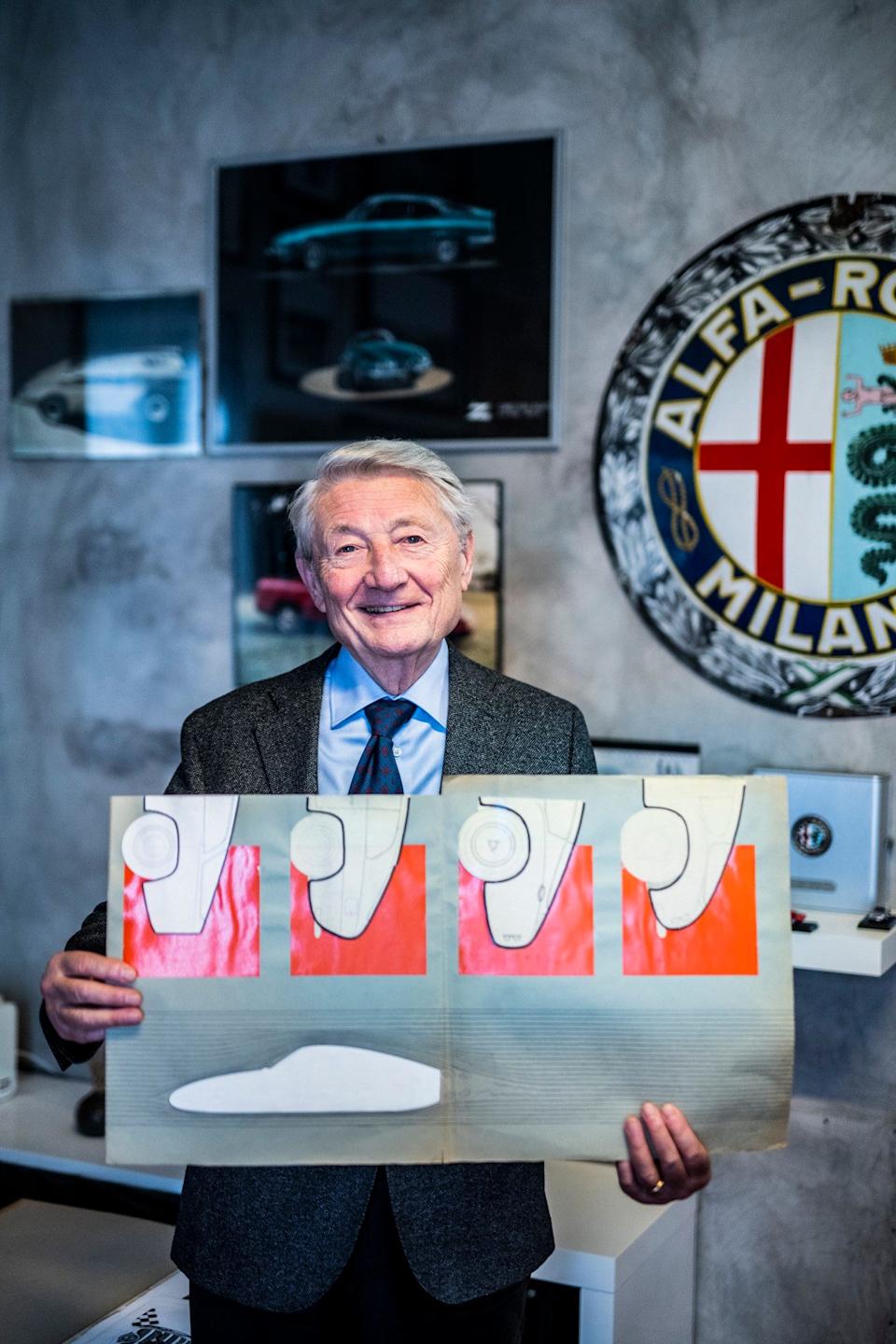
Ercole Spada (whose name translates as Hercules Sword) was born into an old Lombard family at Busto Arsizio, north-west of Milan, on 26 July 1937. His brother Augusto became a noted architect.
Inspired by his toy car of the 1930s Auto Union racer, the young Ercole became fascinated by automotive design, art and architecture. Leaving the Istituto Tecnico Feltrinelli in Milan in 1956, he qualified as an engineer and aged 23 joined Carrozzeria Zagato in Turin in 1960, having reassured his interviewers that he could design and draw at 1:1 scale, when in fact he never had.
Spada quickly became Zagato’s top designer. Despite a good relationship with Elio Zagato, he left the company in 1969 and after a brief period with Ghia-Ford, then a short, unhappy time at Audi, he alighted at BMW’s Munich design studio as chief stylist in 1976. He shaped two defining BMW models and liked life in Bavaria.
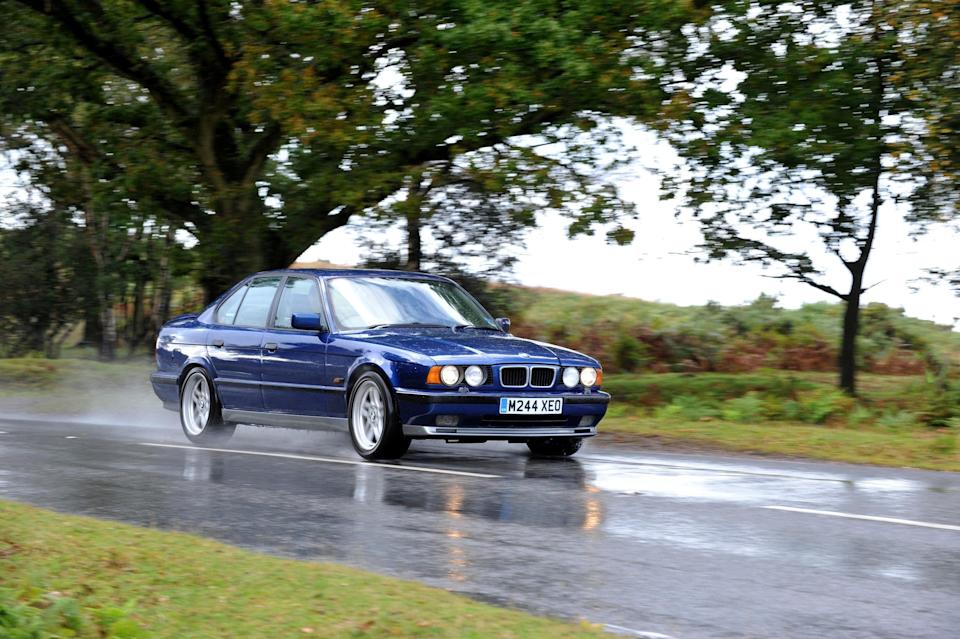
After the illness and death of his elder son Andrea, aged 14, Spada and his wife Antonia reluctantly left BMW in 1983 to find comfort with family in Italy. There he joined the major design studio the IDEA Institute, where he styled numerous Fiat and Lancia cars.
In 1992, as a consultant for Zagato, he created the Ferrari F293 concept car which would clearly influence the design of Ferrari’s Enzo production car a decade later.
With his surviving son, the designer Paolo Spada, he latterly set up Spadaconcept, an industrial design company.
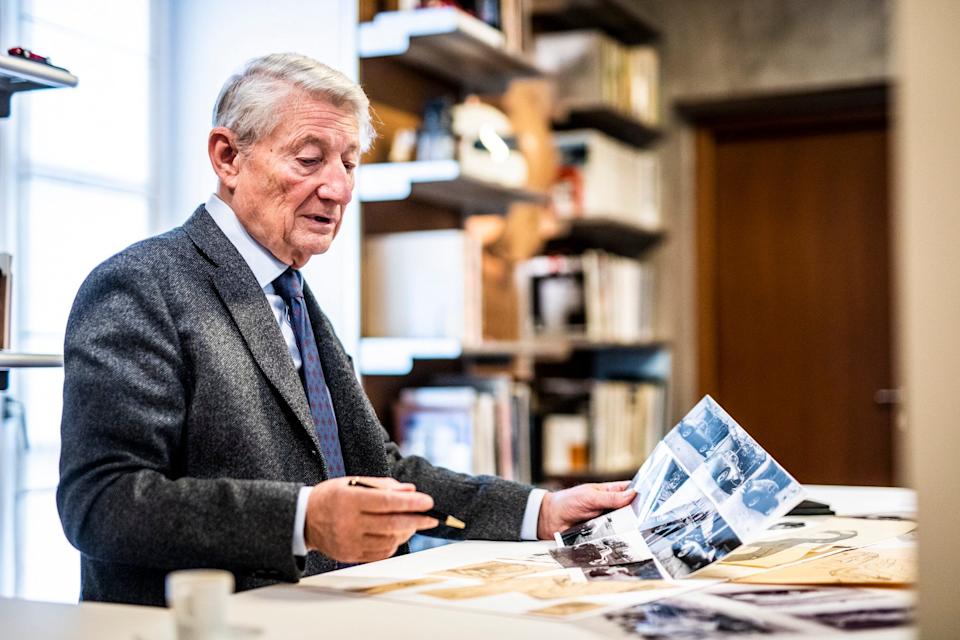
Ercole Spada was awarded the Matita d’Oro design award in 2012, the Enrico Dell’Acqua export medal in 2021, and the Dante Giacosa Award in 2023. He collaborated on a 2014 biography of his design story with Bart Lenaerts.
In retirement he enjoyed driving his Zanzara (“mosquito”), a modified Fiat 500 two-seater buggy, in the hills around his home in the Italian Alps. He is survived by his wife Antonia and their younger son Paolo.
Ercole Spada, born 26 July 1937, died 3 August 2025
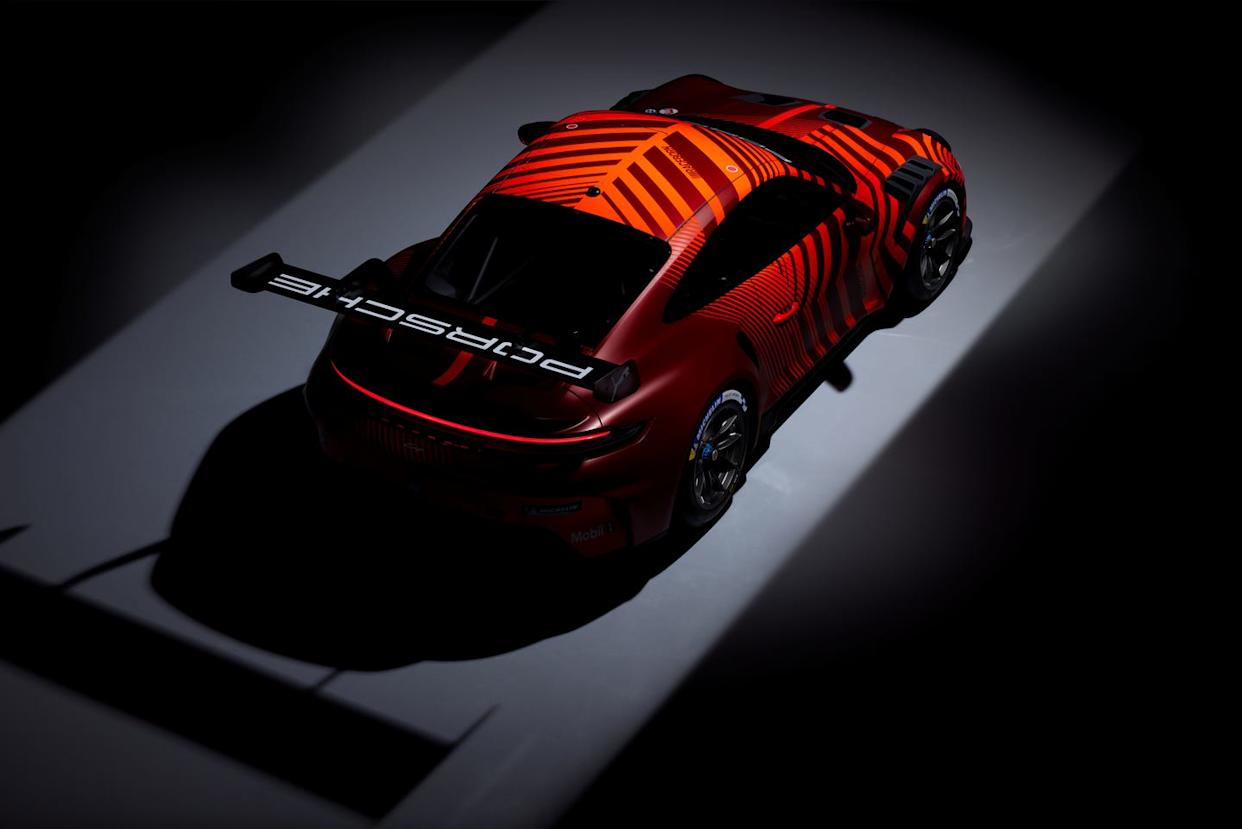

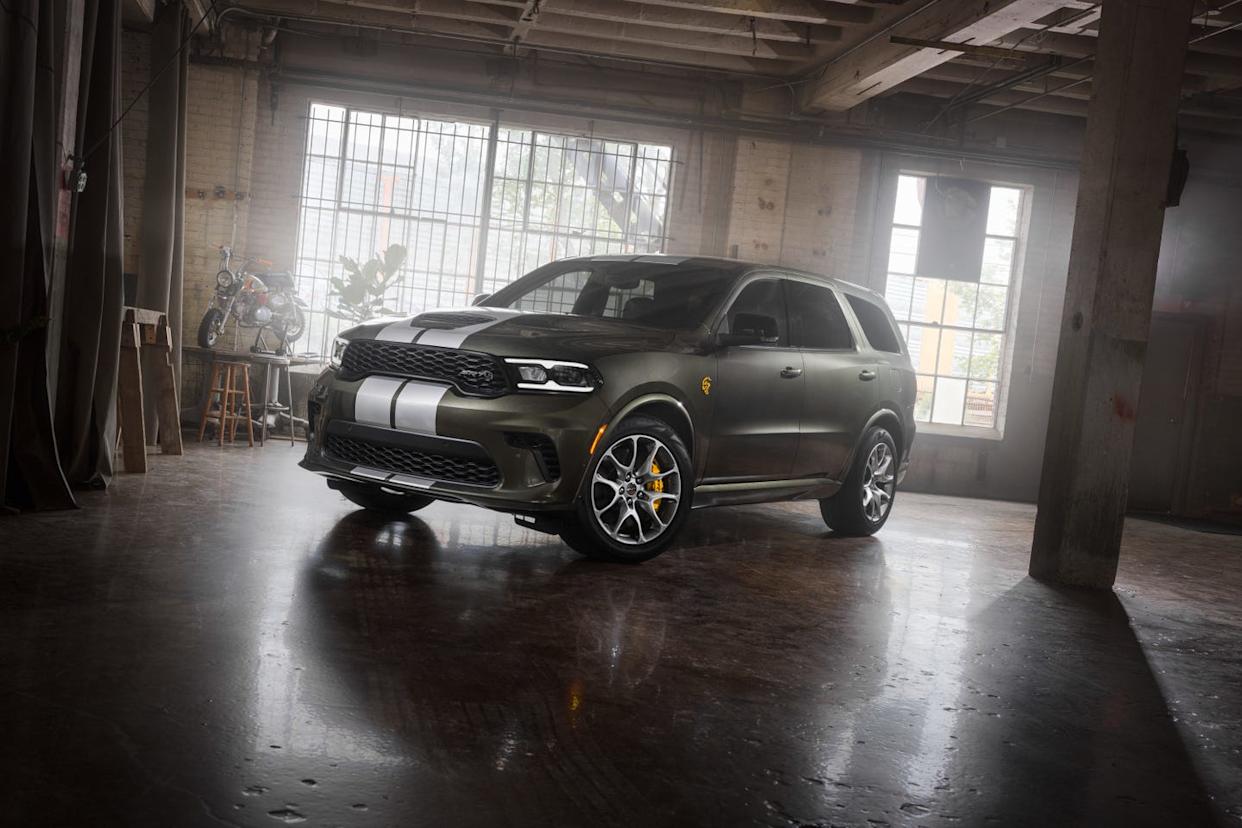
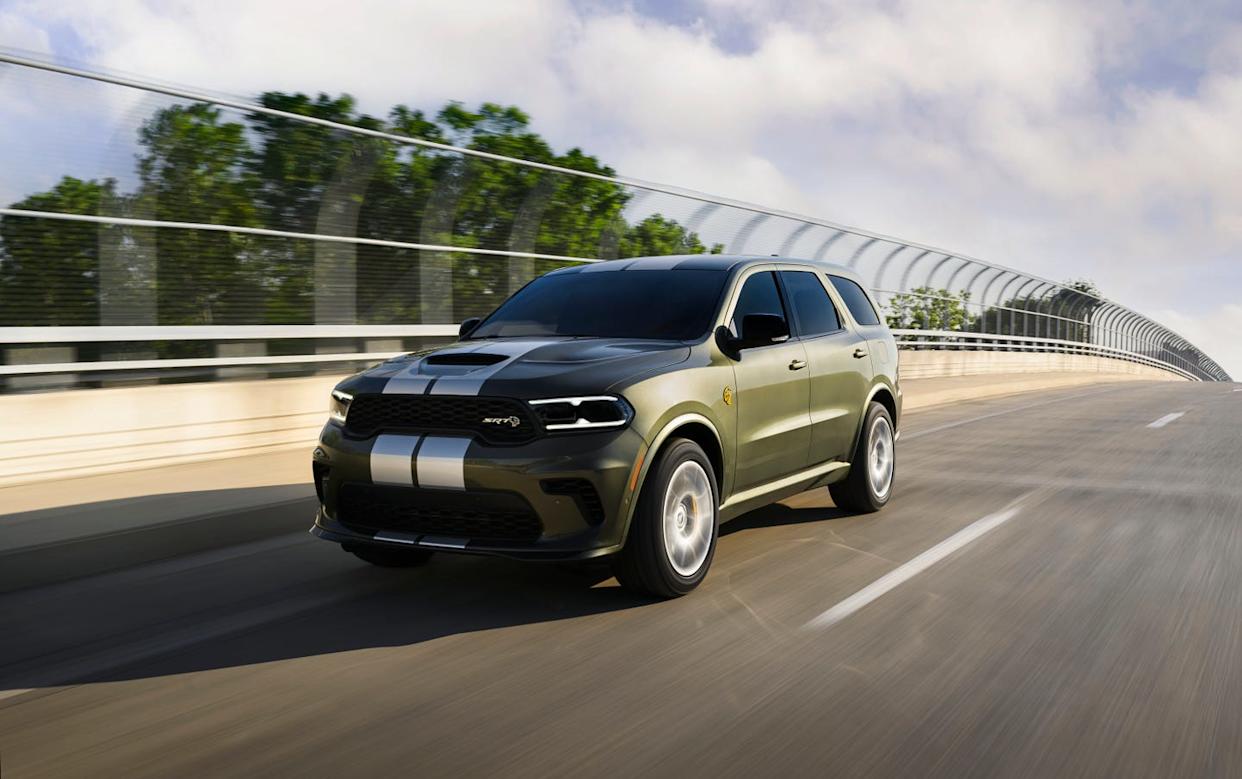
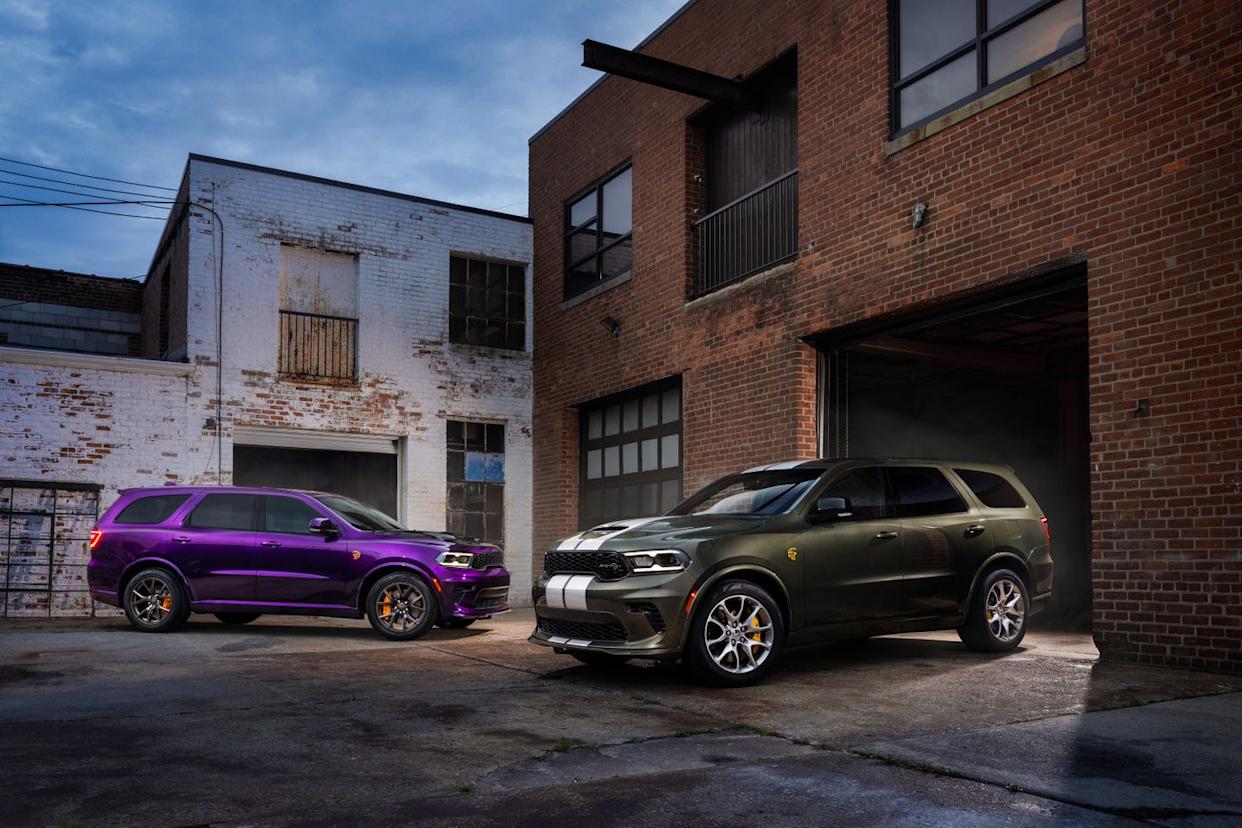
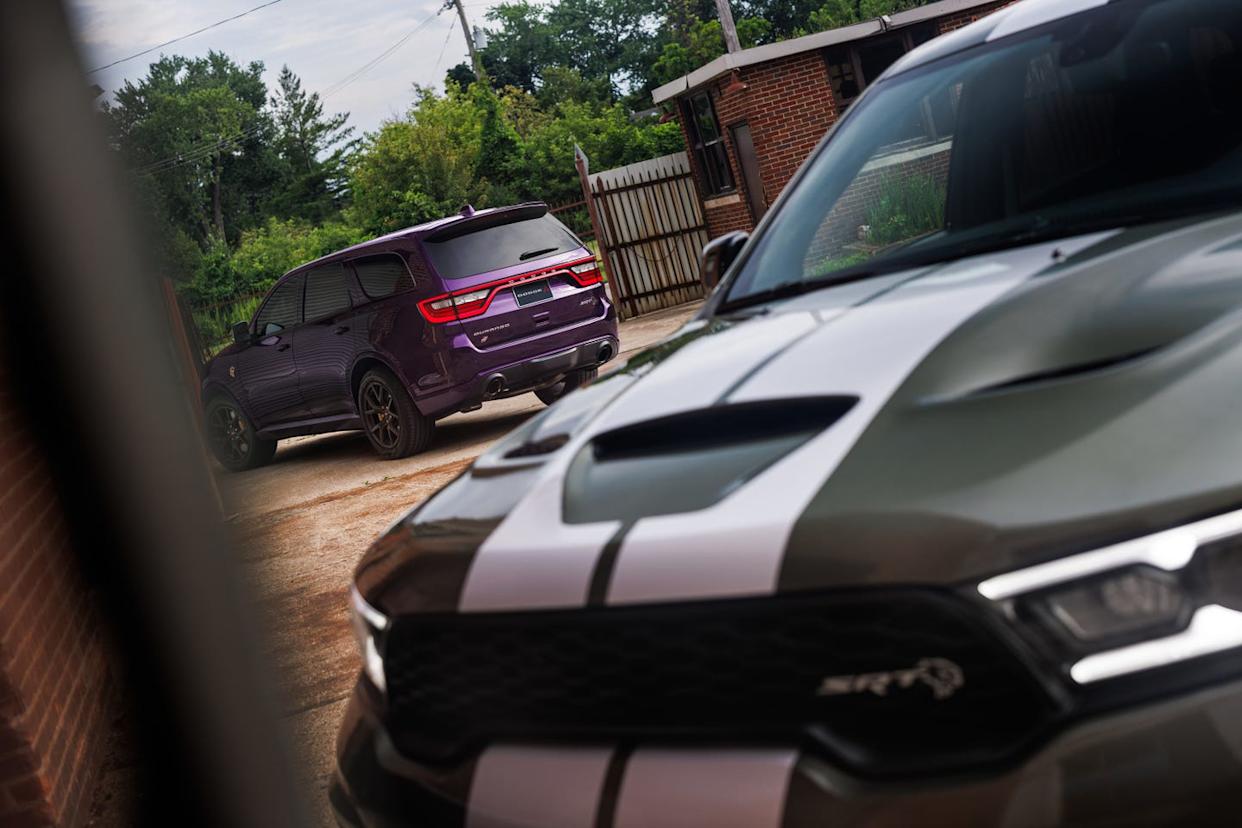
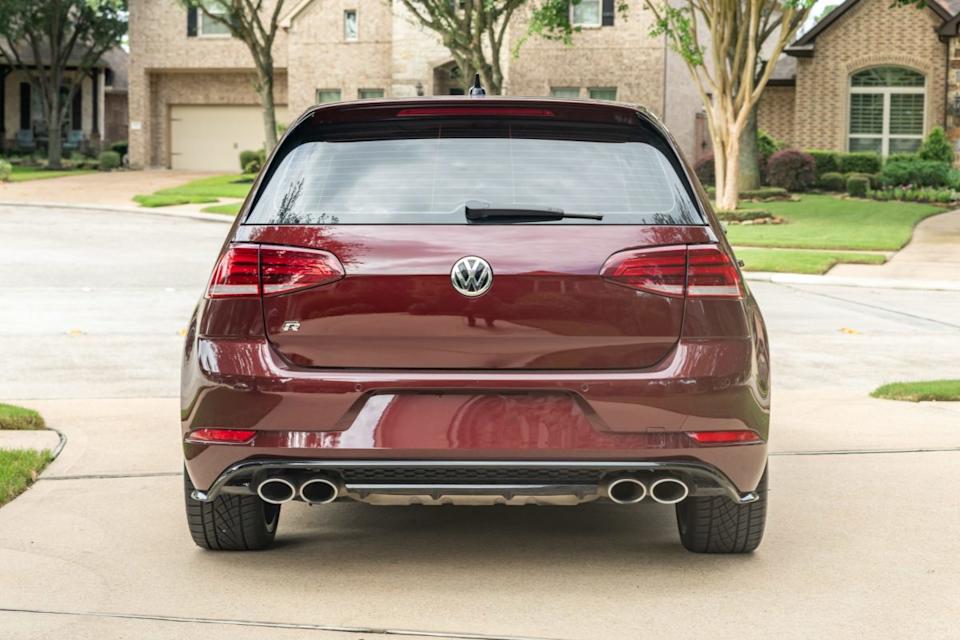
Comments